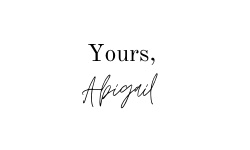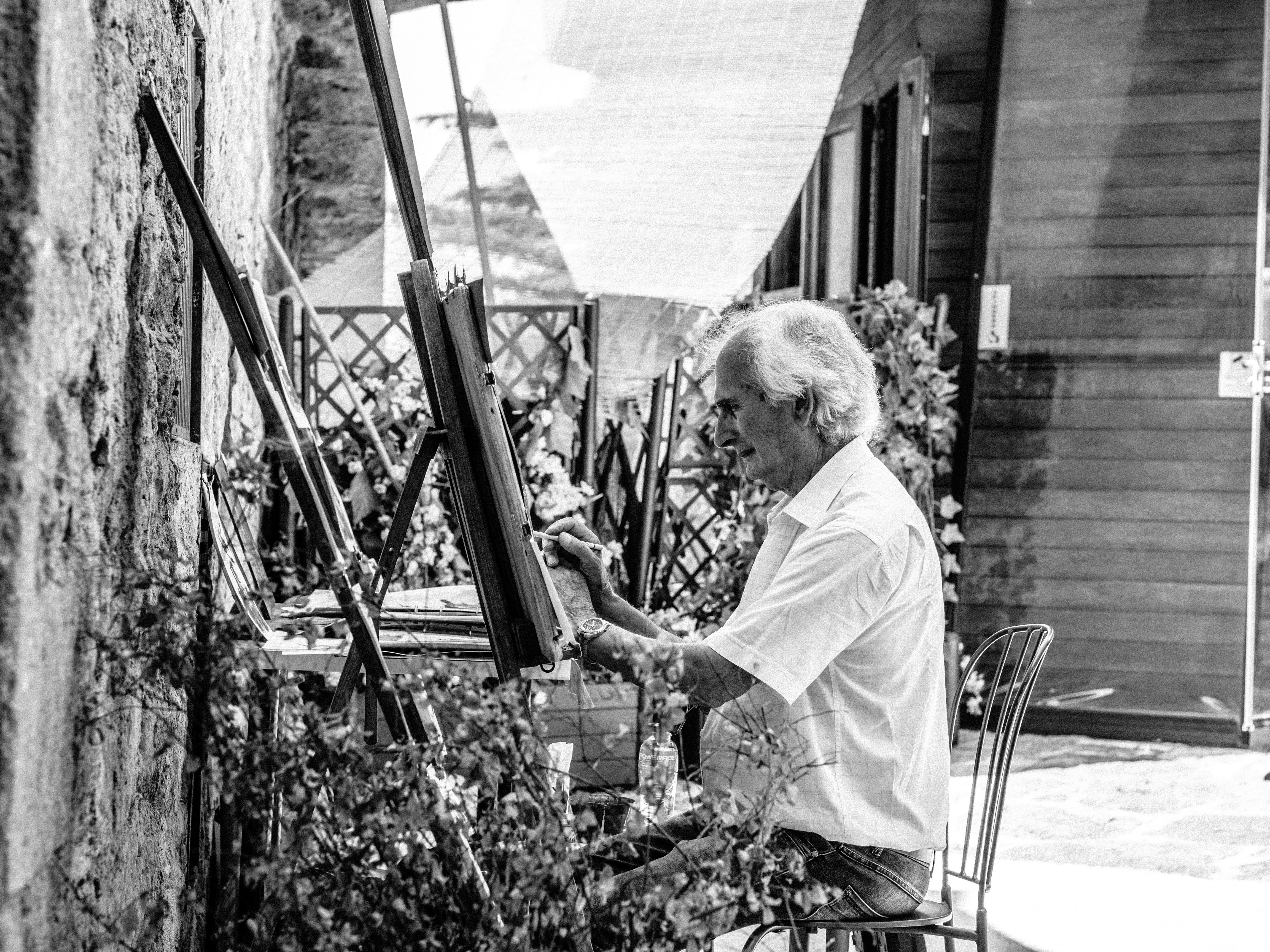
A month ago, I presented my speech, “Keeping Up Appearances: The Dangers of Anti-Aging Narratives,” in front of my school. I had spent all semester writing, researching, and thinking about this topic, and my presentation was a culmination of my efforts and thoughts. Learning about and speaking on this subject was a transformative experience — both academically and personally. And I wanted to share my story with you.
I have included a video recording of my talk and my script below. (The script may not reflect exactly what I said in my speech, but it is very similar). I hope it challenges your perceptions and provokes your thoughts. 🙂
Capstone Talk
My Script
Can I ask a personal question? How old are you? As those numbers flash across your minds, examine your response to that number. Some of you may feel confident, some may feel ashamed, and some may have forgotten how old you are. But most of you are probably thinking – how dare she ask my age? How dare she question “how old” I am? It is as if one’s level of oldness is placed on a moral scale, and your number, your age, determines if people accept or reject you.
It is taboo to talk about age and aging. We moralise age, elevating youth and shrinking from all that is deemed “old.” This arises from the anti-aging narratives ingrained in Western culture, a culture obsessed with novelty in consumerism and afraid of being seen as “old.”
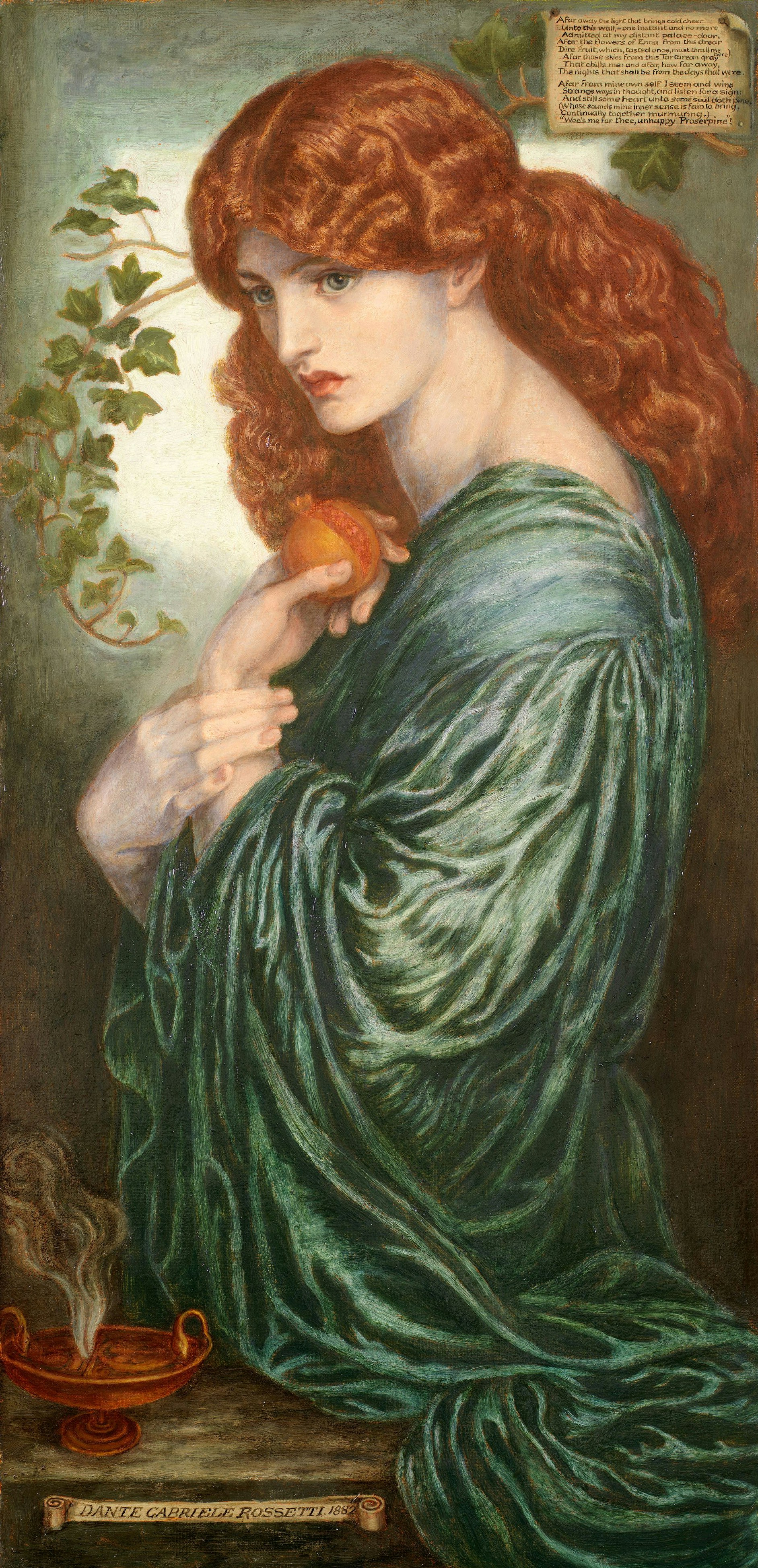
Martha B. Holstein states that “women often separate themselves from those negative descriptions of aging by asserting “I don’t feel old” […] or “I’m young at heart,” or “I’m 80 years young,” or other assertions that elevate youth as the measure of all that is good and desirable” (Holstein, 2017b, p. 8).
If our number, our age, begins to show in wrinkles, in stiff joints, in the way we move, we are bombarded with reminders to hide it. To conceal it in anti-aging products, clothing, exercise, latest trends. To keep up the appearance that we are still young.
And this narrative is not only deceptive but dangerous. And not only for the impossible standards it imposes. It can create distance between those who are considered young or able to maintain a youthful appearance and those who cannot. It can alienate individuals considered “old.”

You might wonder why I, a seventeen-year-old, am interested in this. I have always loved to listen to the tales of older individuals, whether they were family members, friends, or strangers. White hair, grey hair drew me. There was something hidden, mysterious in these beings, waiting to be uncovered. I wrote letters to relatives and family friends and derived joy from the details of daily experiences.
Once, when I was running down a street in my grandmother’s neighborhood in America, I saw an elderly woman with a walker standing on her driveway, watching. I waved, smiled, introduced my name, and went on. But, on an impulse, I returned the next day and dropped a note on her doorstep. Long story short — she invited me to visit her home, and I listened to her life story and looked at images of her family. There was a richness, a gentleness about her that transcended her external appearance of age. While I only met her once, I appreciated the perspective she shared.
But when I look to media in Western culture and our perceptions of age, I do not see a value for the perspective of individuals deemed “old.” I notice a disconnect between generations and a repulsion to aging.
As I reflected on this and began research on my topic, I noticed that anti-aging narratives may have an influence on this. Anti-Aging narratives apply a moral code to aging and isolates those who appear aged. While my paper focused on its effect on the elderly, usually considered 60 and older, due to the prevalence of anti-aging media, this topic is relevant to individuals of all ages, including teenagers.
We experience pressure to conceal our age due to the elevation of youthfulness. If you look around at advertising and television, examine our cultural dialogue, or the demographic of our occupational spheres, you may notice a glorification of youth. We praise those who look young and act young. This pursuit of youthfulness underlies beauty standards placed on women. Kathleen Slevin writes that “the media convey that to be young and beautiful is to possess the most desirable form of cultural capital” (Slevin, 2010, p. 1004). Women, as a result, feel the pressure to attain this ideal of a youthful appearance.

By contrast, the external effects of aging are portrayed as a crisis. As Carole Haber writes, with the emergence of the Anti-Aging industry in the 1990s, old age is painted as a fiend to be fought, not as “a time for celebration and contemplation” (Haber, 2001, p. 12).
Faced with advertisements and media language that condemn aging, we consumers seek to hide the creases and the wrinkles through skin products. We seek to dress in the latest styles to remain modern. To do anything to hide the fact that we are on a path to old age. Yet, by concealing or refraining from discussing the effects of aging we experience, we stigmatize a normal process.
Further, as Michelle Meagher writes, marketing attempts to solve the “cultural invisibility” of older people fail as the models in advertisements reflect the “energy of youth in bodies that only incidentally bear the markers of age” (Meagher, 2014, p. 104). In short, older models present in media campaigns act young. As Stephen Katz says, they continue from middle age to old age without showing the physical difficulties of aging (Katz, 2001, p. 28). And, as a result, people undergoing aging are caught between the ideal representations present in media and the changes happening in their own bodies.
Anti-aging health prescriptions in journals often praise physical activity as a counter to aging. Yet, Amelia DeFalco says that these health recommendations often target those without physical disabilities or health issues and the finances to join in exercise (DeFalco, 2016, p. 97). Thus, they can overlook those with poor health or who come from lower economic backgrounds.
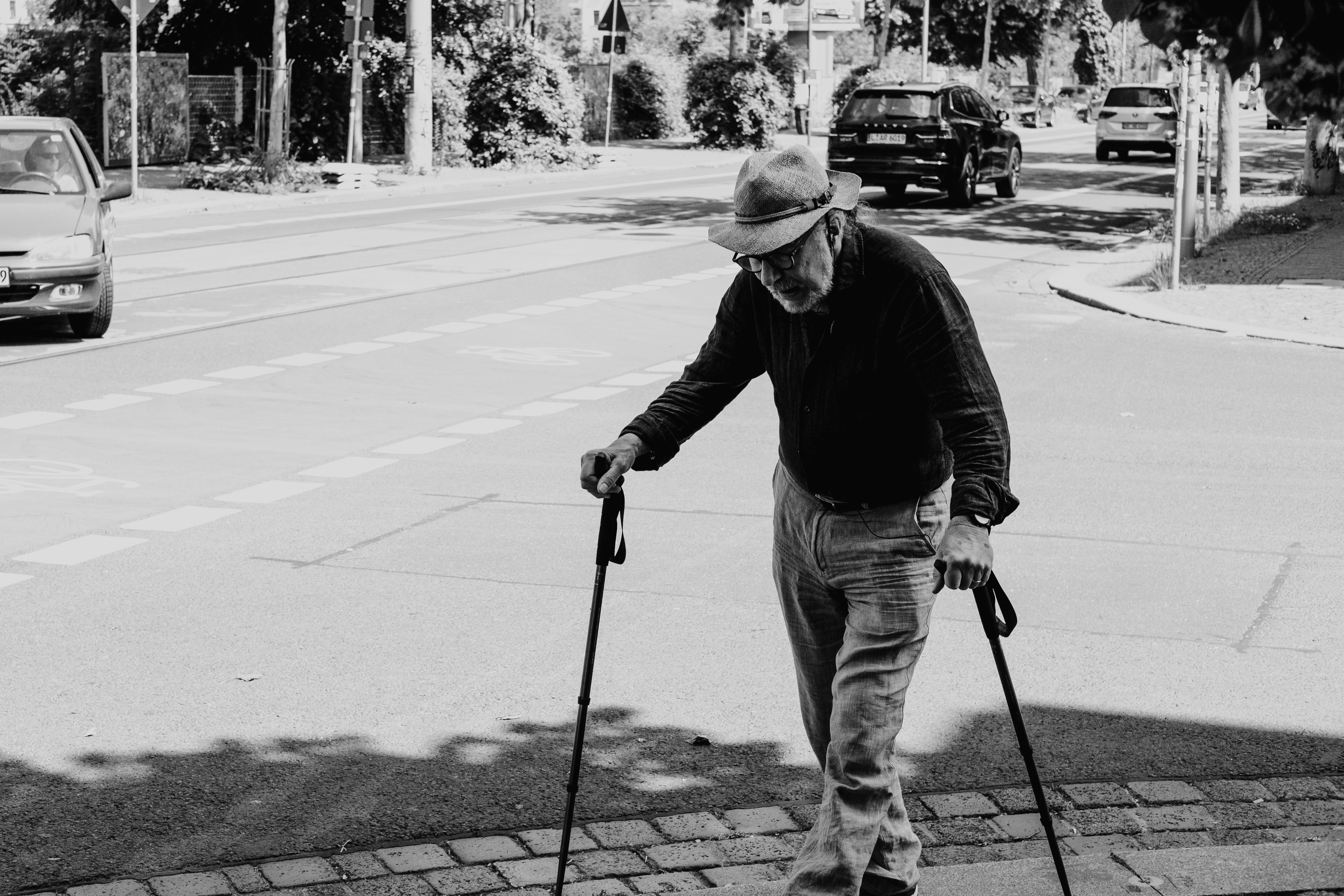
At heart, the anti-aging narrative applies a moral code to a person’s changing appearance and alienates those who do not fulfill its standards. Toni Calasanti writes that the anti-agist belief “that people have control over their bodies and their health, through such means as diet or exercise regimens, by being ‘active,’ or by consuming appropriate lifestyles […]” results in “people who appear unhealthy” being “judged as deserving their suffering because they are to blame for not having altered their lifestyles to maintain health” (Calasanti, 2007, p. 338). This idea can remove an individual’s empathy for or interest in people who do not externally reflect the standards of “successful aging.” Aging individuals who feel this cultural shame may blame themselves and, as a result, isolate themselves from social events due to their fear of judgment (Holstein, 2017b, p. 9).
Yet, as Slevin writes, this idea of control ultimately forces people to engage in “‘a losing battle with the ravages of time,’(Blaikie 1999:86) as the work to conceal old age becomes more and more labor intensive” (Slevin, 2010, p. 1017).
Consumers buy – but buy into a delusion. This reflects the danger of the language of control in anti-aging dialogue, because, ultimately, aging cannot be controlled. But the anti-aging narrative continues the illusion that one can control aging and alienates people who are not aging “successfully.”
As a result, there can be a lack of respect or value given to those of older age. This can lead to their isolation and disconnection from the young.
But this should not be the case. On one hand, we need to confront the realities of old age which anti-aging media shields: the physical decline, the wrinkles, the mental difficulties. On the other hand, we need to appreciate what we can value from growing older. Our Western culture needs a balanced view of age, separated from the stigmas of anti-aging narratives.
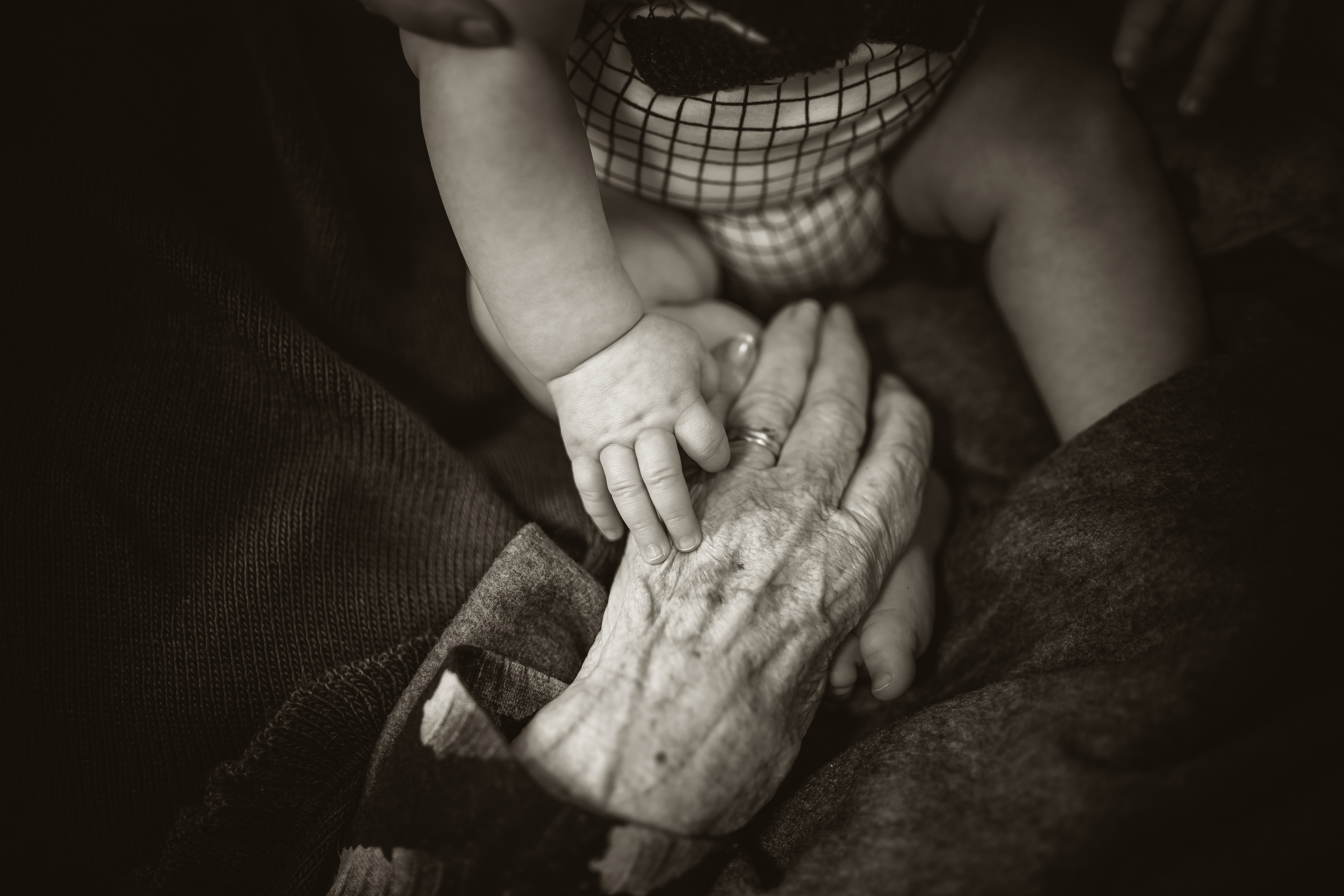
This desire to understand a holistic view of aging inspired my project.
For my project, I created a booklet that addresses perceptions of aging. It was composed of a series of interviews I performed with Dalat staff from various cultural contexts and generations (Millenials, Gen X, and Baby boomers). They were performed in person and by email. You can find these in the back to look at. I questioned them on their views of aging and growing older, how their cultural background and the media affected their view of aging, and what they valued about intergenerational relationships. I wanted to challenge the cultural taboo of discussing age and raise awareness of the aging experience.
While I entered each interview with a desire to provoke reflection among [my school’s] staff, I left personally transformed.
During the interviews, I noted some interesting things:
- Mrs. K had mentioned that she had just received an ad before the interview about hair dye for grey hair, which solidified for me the pervasiveness of the anti-aging narratives.
- It was interesting to hear Mr. D discuss the value placed on external appearance through advertisements present in the UK but Mrs. P describe how individuals in New Zealand, because they spent so much time outdoors when she grew up, placed less value on how one is externally perceived.
- It was interesting to hear Nurse N discuss how Canadian families do not live close to each other and her encouragement that they need to care for the elderly and compare it with Mrs. A’s discussion of how in Indian culture older relatives continue living with their family as they age and gain respect from their family.
- In the advice to the young section of the interview, many of the interviewees related the importance of being present. Being present with the life stage you are in right now. And I found this personally encouraging.
On finishing the interviews, I left with a more nuanced view of growing older. I did not fear aging. As I directly interacted with individuals of different generations than me, their vulnerability deepened my compassion and caused me to reflect on my approach to life. It is as Ms M said, “There’s such wisdom in people – forget about age, it’s people. […] And I feel like anybody can teach me something. I believe we’re called to each other – doesn’t matter the age but it matters the season.” In other words, we can learn from one another, regardless of how we look and how old we are.
And this is part of the way you can reframe your view of aging. You can spend time with individuals of a different age than you – younger or older. You can invest in listening to their perspective and seeing their way of life. Joseph E. Davis and Paul Scherz write that spending time with individuals of an older age prepares us for aging and reconciles us to the hardships and delights of late life (Davis & Scherz, 2021, p. 62).
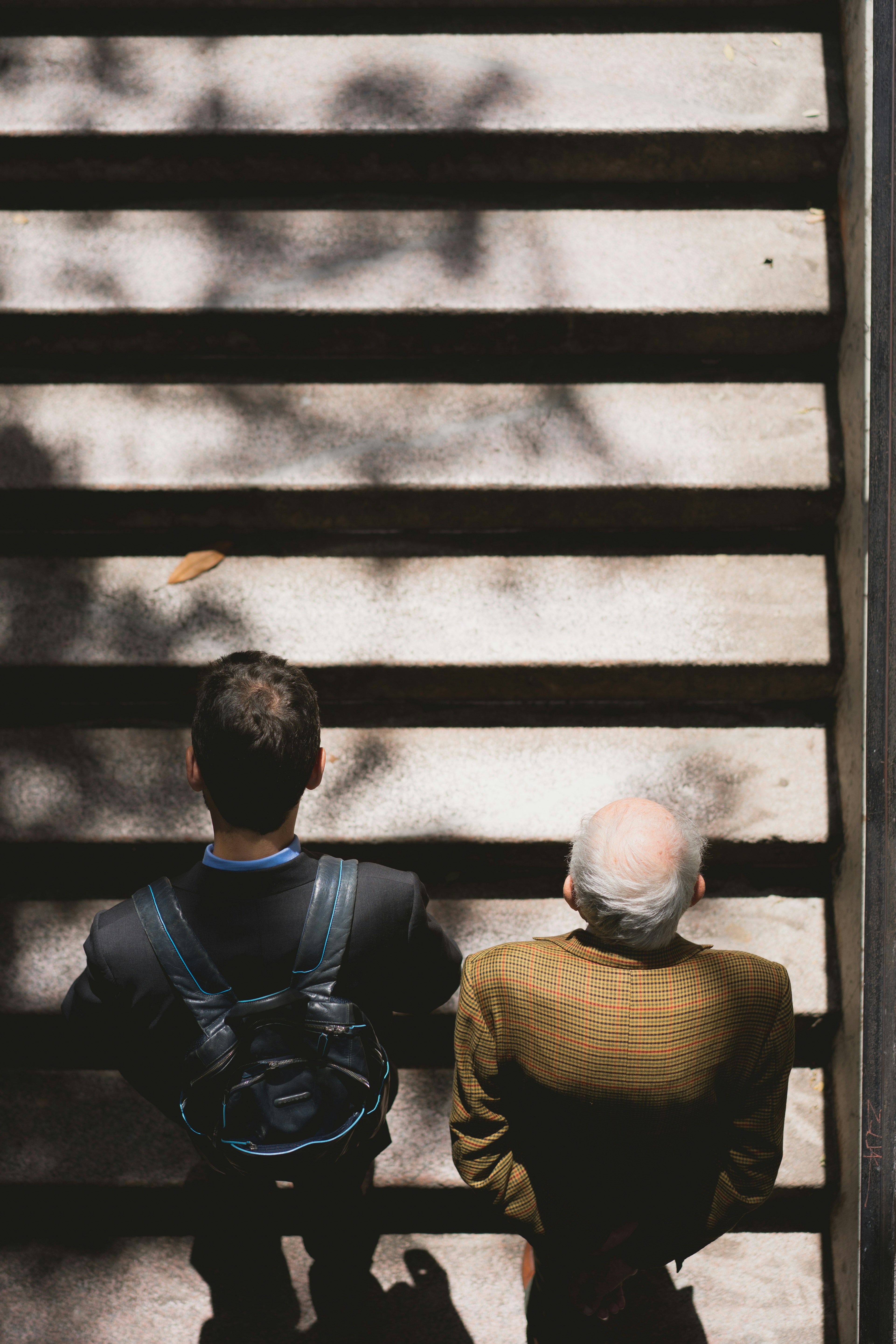
Further, as Holstein writes, we should honor not only the physical strengths an older person may possess but also the intangible benefits of late life such as “delights, friendships, and self-acceptance” (Holstein, 2017a, p. 148). This shift of appreciation counteracts the anti-aging emphasis on physical appearance and activity as reflective of your success in aging.
On an individual level, you need to confront your capacity to age. Even if you are a teenager or young adult and the wrinkles have not yet set in, Davis and Scherz write that recognising your bodily frailty and reliance on other people would lessen the “fear that drives [the young] away from engaging with and making a place for the old” (Davis & Scherz, 2021, p. 62). Further, confronting the realities of aging shows the young that the elderly, to quote Frits de Lange, “are not ‘they’” but “the future ‘we’” (de Lange, 2013, p. 176).
You need to question how anti-agist narratives in Western culture are negatively affecting your perception and value of individuals older than you. You need to critically examine why you feel the need to hide the effects of aging. What is the source? Is it true?
When you focus less on how you look as you age, you can engage more meaningfully in activities that transcend time: forming relationships, developing as a person, and experiencing the present moment.
So. Let us ask and continue to answer, “How old are you.” But let us not stop there. Let us pierce beyond the surface level with more insightful questions. What is your favorite song? Who do you appreciate? What brings you joy?
Let us abandon our anti-aging veils and embrace the living human beings, with wrinkling smiles and weakening joints, in the window and in the mirror.
Thank you.

References
Calasanti, T. (2007). Bodacious berry, potency wood and the aging monster: Gender and age relations in anti-aging ads. Social Forces, 86(1), 335–338. http://www.jstor.org/stable/4495039 Davis, J. E., & Scherz, P. (2021). Recovering old age. The New Atlantis, 63, 55–62. https://www.jstor.org/stable/26966376 DeFalco, A. (2016). In praise of idleness: Aging and the morality of inactivity. Cultural Critique, 92, 87–106. https://doi.org/10.5749/culturalcritique.92.2016.0084 de Lange, F. (2013). Loving later life: Aging and the love imperative. Journal of the Society of Christian Ethics, 33(2), 176. http://www.jstor.org/stable/23563101 Haber, C. (2001). Anti-Aging: Why Now?: A Historical Framework for Understanding the Contemporary Enthusiasm. Generations: Journal of the American Society on Aging, 25(4), 11-12. https://www.jstor.org/stable/26555096 Holstein, M. B. (2017a). A call to action: Where to from here? Generations: Journal of the American Society on Aging, 41(4), 148–149. https://www.jstor.org/stable/26556341 Holstein, M. B. (2017b). On being an old woman in contemporary society. Generations: Journal of the American Society on Aging, 41(4), 9. https://www.jstor.org/stable/26556311 Katz, S. (2001). Growing older without aging? Positive aging, anti-ageism, and anti-aging. Generations: Journal of the American Society on Aging, 25(4), 28–30. https://www.jstor.org/stable/26555099 Meagher, M. (2014). Against the invisibility of old age: Cindy sherman, suzy lake, and martha wilson. Feminist Studies, 40(1), 104. http://www.jstor.org/stable/10.15767/feministstudies.40.1.101 Slevin, K. F. (2010). “If I had lots of money... I’d have a body makeover:” Managing the aging body. Social Forces, 88(3), 1004–1017. http://www.jstor.org/stable/40645880
What about you? How do you perceive/experience the influence of anti-aging media? How have intergenerational relationships affected you?
Let me know in the comments below. I love to hear from you. 🙂
